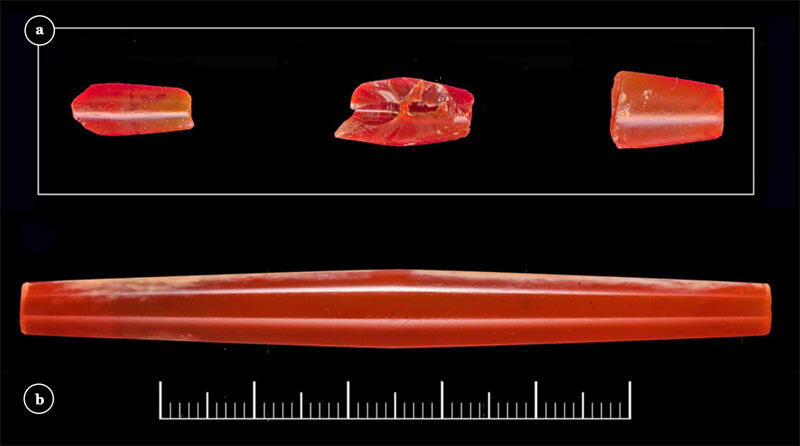A must-read paper. Dennys Frenez classifies and nicely illustrates recent finds in the Oman Peninsula connecting it to the Indus civilization in multiple ways, and considers continuing excavations that suggest, in his words, "the possible implementation by the Indus merchants of an early prototype of coordinated 'global marketing strategy,' defined as an entrepreneurial strategy that takes commercial advantage from regional particularities by creating foreign subsidiaries to manufacture and distribute a product according to the local trends and/or to maximize the exploitation of strategic raw materials with high international demand (Kotabe and Helsen 2011)" (p. 396). Very readable, illuminating and the questions it raises about the remarkable penetration of Indus materials and traditions and probably people into the interior of the Arabian peninsula are profound and tie in with other research (like the bison seal possibly denoting a trading class).
It is notable too that many thousands of years ago, just as much as today, civilizations were at their peaks when they traded vigorously with their neighbours. Interregional commerce equaled interregional progress and wealth, while war simply destroys.
Images: Indus long and very long biconical beads in carnelian from (a) Salut ST1 (photograph by D. Frenez, courtesy Italian Mission to Oman), and (b) Bat Tomb 155 (photograph by P. Koch, courtesy Ministry of Heritage and Culture of Oman).

